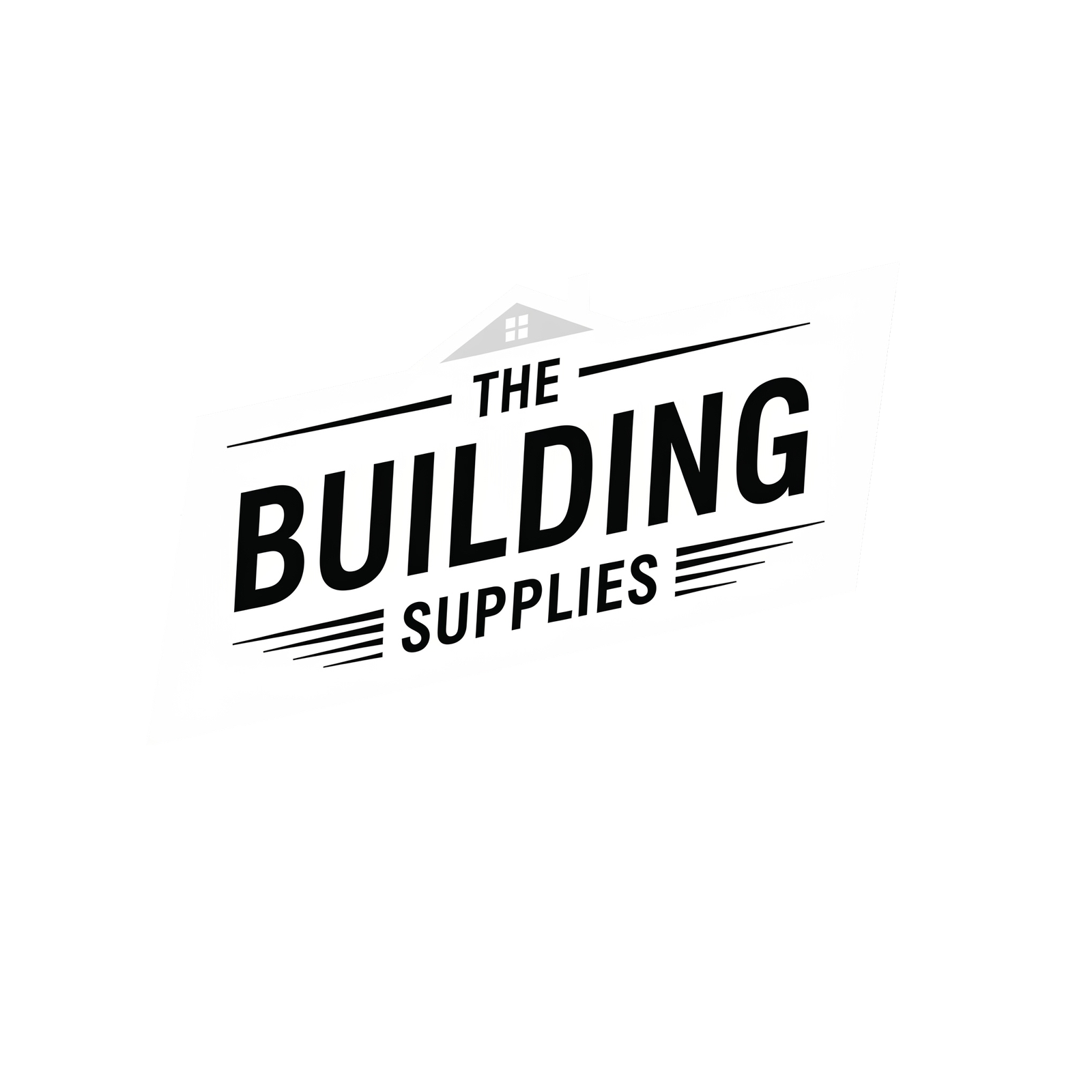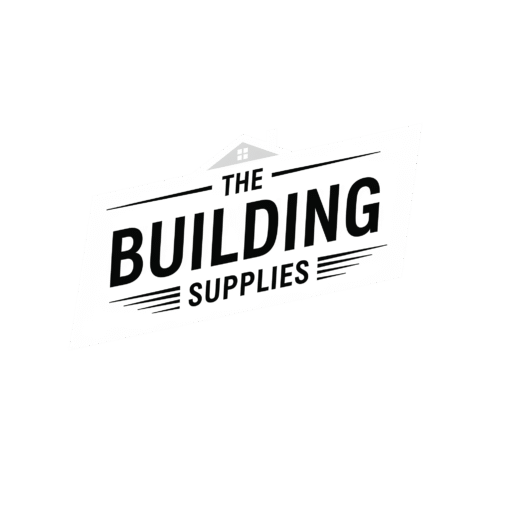
Blog
A Comprehensive Guide to Building Your Own Shed

Planning Your Shed: Design and Purpose
Effective planning is paramount when embarking on a shed construction project. The initial step involves identifying the specific purpose of the shed, whether it is to serve as a storage unit, a workshop for hobbies, or a garden shelter. Each purpose has unique requirements that will influence both the design and functionality of the shed. For example, a shed designated for tool and equipment storage may necessitate a different layout compared to one intended for crafting or gardening activities. Thus, defining the shed’s purpose lays the foundation for a focused design approach.
After determining its purpose, homeowners should assess available space to choose an appropriate shed size and design. It is advisable to measure the designated area to ensure that the shed fits comfortably without encroaching on neighboring properties or violating any local zoning regulations. Popular shed designs encompass traditional styles, modern aesthetics, and customizable prefab kits, each offering distinct advantages. Selecting a design that resonates with the primary function and complements the surrounding environment enhances not only utility but also aesthetic appeal.
Budgeting is a critical component of the planning phase. Establishing a clear financial outline serves to guide the choice of materials, design complexity, and tools required. A thorough evaluation of costs associated with materials, labor, and potential permits is recommended to avoid unexpected financial strains. Additionally, it is important to investigate local building codes and regulations to ascertain if permits are necessary for the construction. This diligence ensures compliance with legal standards and avoids potential fines or rework.
In conclusion, a well-structured planning phase significantly contributes to the overall success of a shed construction project. By clearly defining the shed’s intended purpose, selecting an appropriate design, and adhering to budgetary and regulatory considerations, homeowners can create a practical, aesthetically pleasing, and functional shed that meets their unique needs.
Gathering Materials and Tools for Construction
Building your own shed requires careful planning and selection of materials and tools. The first step in this process is to create a comprehensive list of necessary materials. A typical shed construction project will involve various types of lumber, including treated lumber for the base, standard lumber for the framing, and plywood or oriented strand board (OSB) for the walls. When selecting lumber, it is advisable to choose high-quality, durable wood that can withstand the elements over time.
Roofing materials are another crucial component of your shed. Depending on your budget and aesthetic preference, you might choose asphalt shingles, metal roofing, or even wooden shingles. Each type has its own benefits, such as longevity or ease of installation, which should be considered based on your project goals and local climate conditions.
Flooring materials are essential for a solid foundation. Pressure-treated plywood or tongue-and-groove boards are common choices, offering both strength and moisture resistance. Additionally, hardware such as nails, screws, hinges, and locks must not be overlooked, as these components play a vital role in the structural integrity and security of your shed.
In terms of tools, a variety of equipment will be necessary to complete your shed construction effectively. Essential tools typically include a circular saw, measuring tape, level, hammer, and drill. A nail gun can significantly speed up the construction process and improve accuracy. For those who do not own all the required tools, consider renting equipment from local hardware stores or tool rental centers, which often provide quality tools at a fraction of the cost of purchasing them outright.
In summary, gathering the right materials and tools is pivotal to the success of your shed building project. By investing in high-quality products and ensuring access to the necessary equipment, you will lay a strong foundation for a durable and functional shed. This preparation will ultimately lead to a smoother construction process and a satisfactory end result.
Step-by-Step Guide to Building Your Shed
Constructing your own shed can be an exciting and fulfilling project, allowing you to create a space that meets your specific needs. The process can be broken down into several manageable steps, ensuring that even beginners find success in their endeavors. This guide will outline each phase of shed construction, including foundation, framing, roofing, and finishing. Safety considerations and best practices will also be emphasized throughout the process.
To start, establishing a solid foundation is crucial. Begin by choosing a level location for your shed, and then dig out an area that is slightly larger than your desired dimensions. You can either opt for a concrete slab or a wooden post foundation. If you’re using concrete, prepare your forms and pour the concrete, ensuring it is smooth. For a wooden foundation, use treated lumber to prevent rot and decay; ensure the posts are sunk and leveled securely.
Next, the framing is constructed. This involves creating the walls, which typically consist of 2×4 lumber. Assemble the wall frames on the ground, cutting the lumber to size based on your shed plans. Securely attach the vertical studs with horizontal plates at the top and bottom. Raise each wall frame into position, anchoring it to the foundation thoroughly to ensure stability.
The roofing stage follows framing. Install rafters to form the roof structure, which can be covered with plywood or OSB sheeting for support. Once the sheeting is in place, a weather-resistant material such as shingles or metal can be used as the roof covering to protect your shed from the elements.
Finally, focus on the finishing touches to make your shed functional. This includes adding doors, windows, and any necessary interior shelving. Paint or stain the exterior as desired for durability and aesthetic appeal. Always prioritize safety by wearing protective gear during construction and following local building codes. Planning ahead and maintaining safety standards will lead to a successful and satisfying shed building experience.
Finishing Touches and Maintenance Tips
Once the construction of your shed is completed, it’s time to turn your attention to the finishing touches that will enhance both its aesthetic appeal and functionality. One of the most straightforward yet impactful improvements is paint. A fresh coat of weatherproof paint not only protects the wooden surfaces but also gives your shed a polished look. Choose colors that complement your home or garden, considering shades that harmonize with the surrounding landscape. Additionally, applying a sealant can further protect against moisture and UV damage.
Adding shelves is another excellent way to increase storage space within your shed. Wall-mounted shelves allow you to maximize vertical space while keeping items organized and easily accessible. Consider the types of items you’ll be storing when determining shelf height and spacing. Hooks and pegboards can also be installed to hang tools and equipment, making efficient use of the shed’s interior.
Landscaping around the shed can enhance its integration into your garden. Planting low-maintenance shrubs or flowers can create a pleasant visual transition from the shed to your yard. Consider using decorative stones or mulch as a base around the shed; this will help manage water drainage and discourage pests. Installing a walkway leading to your shed can not only improve accessibility but also add an appealing visual element.
Beyond aesthetics, proper maintenance is crucial for preserving the longevity of your shed. Regularly inspect the roof and walls for signs of wear or damage, and promptly address any issues. Weatherproofing measures such as applying a durable exterior finish can prevent moisture-related problems. For pest control, consider using natural deterrents or traps to keep rodents and insects at bay. By following these finishing touches and maintenance tips, you can ensure your shed remains a valuable asset for years to come.

